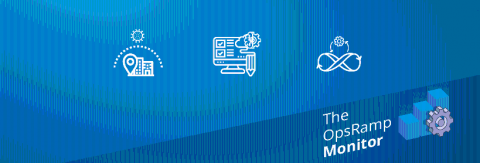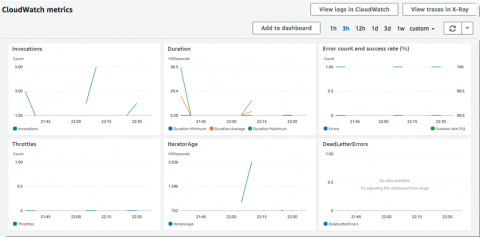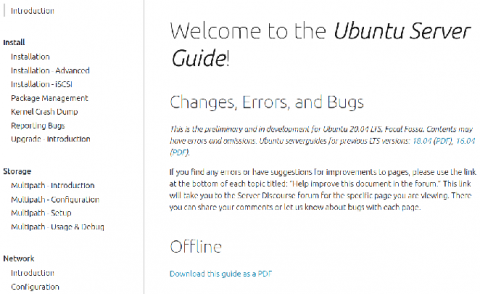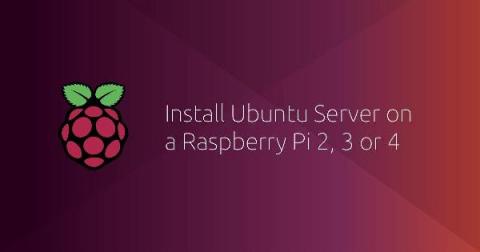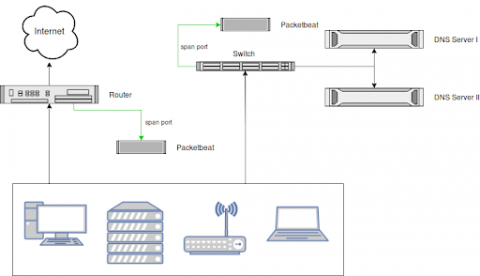Maze Ransomware Attack Hits Cognizant
New Jersey-based service provider Cognizant is the latest victim of the Maze ransomware attack. This is an unfortunate reality check, proving that hackers don’t stop their calculated, malicious activities for COVID-19. Accordingly, managed service providers (MSPs) are still largely vulnerable to these malicious crimes.



